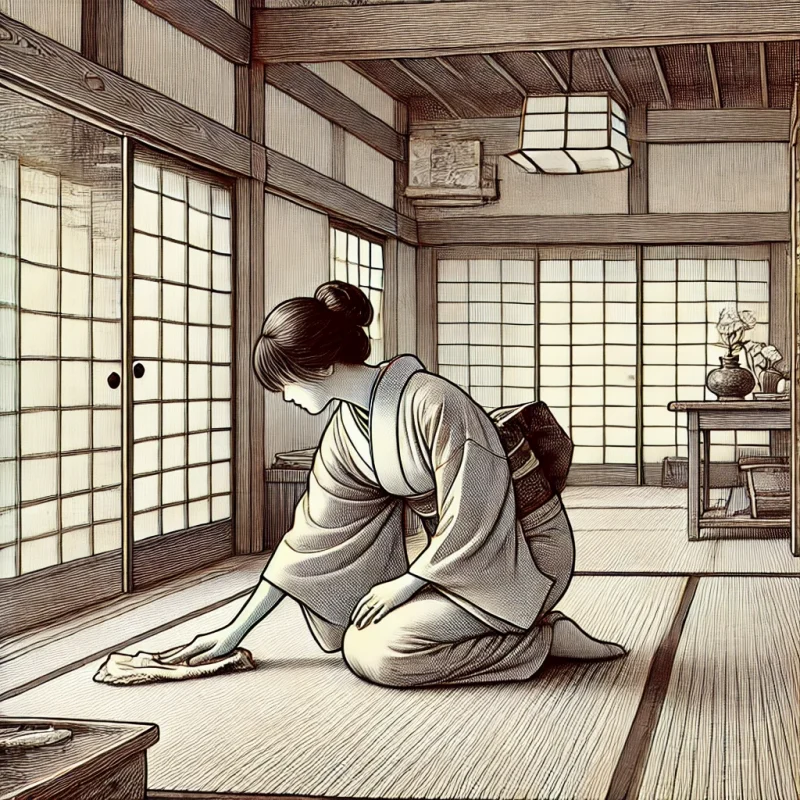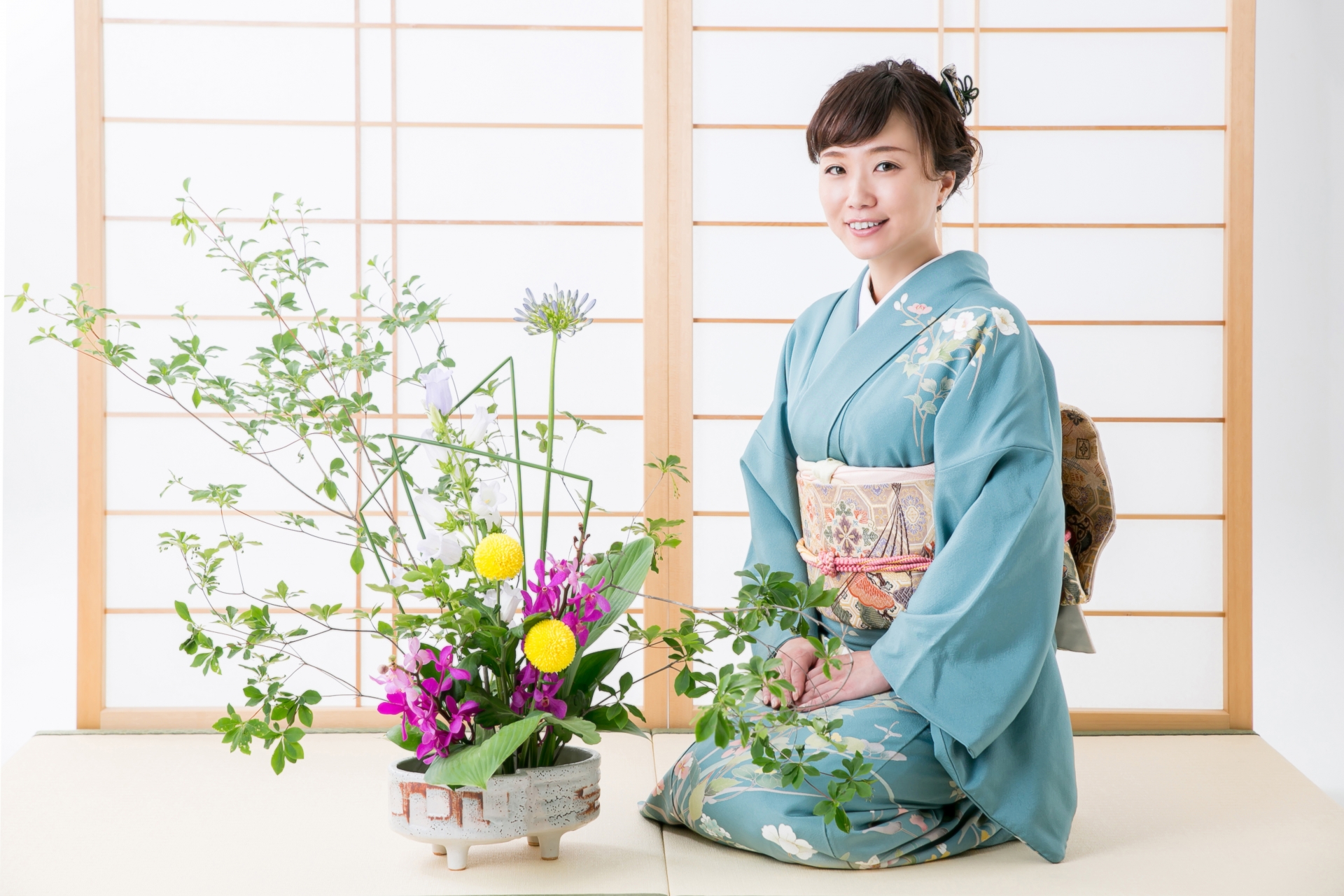1. Introduction: Tatami and Japanese Etiquette
Tatami is much more than just a flooring material; it is a symbol of Japanese culture and tradition. The way people behave on tatami reflects the long-standing Japanese spirit of “rei” (respect). Understanding the proper use and etiquette of tatami is an essential step toward appreciating and respecting Japanese culture. Especially when visiting a Japanese-style room or being invited into a Japanese home, knowing how to behave on tatami leaves a positive impression.
2. Basic Etiquette for Using Tatami

There are a few basic rules to follow when using tatami. Observing these rules not only helps preserve the beauty of tatami but also shows respect for Japanese tradition.
- Handling Shoes and Slippers
The first rule is to always remove your shoes when entering a tatami room. In many Japanese homes and inns, you are also expected to remove your slippers before stepping onto the tatami. This prevents wear and tear on the tatami surface. Ideally, you should walk on tatami barefoot or in socks. - Walking on Tatami
When walking on tatami, try to walk quietly. Avoid hard-soled shoes or high heels, as they can damage the tatami surface. Quiet, careful walking reflects the respect for tatami that is part of Japanese culture. - Sitting and Posture
The traditional way to sit on tatami is in the “seiza” position, where you sit on your heels. This is the formal way of sitting, especially in ceremonies or formal occasions, showing respect for the space. However, in casual settings, it is acceptable to sit cross-legged or in a more relaxed position. When sitting down, it’s good manners to kneel and sit down gently.
3. Tips for Preserving Tatami

Since tatami is made from natural materials, it requires careful handling to maintain its beauty and longevity. There are several important points to keep in mind.
- Furniture Placement
Placing heavy furniture directly on tatami can cause dents or damage. Use furniture pads or protective sheets under the legs of furniture to protect the tatami. Additionally, avoid placing sharp objects directly on the tatami surface. - Cleaning and Daily Care
Regular cleaning helps keep tatami in good condition. Use a dry cloth or a soft broom to gently clean the tatami surface. Avoid using wet cloths, as moisture can damage the tatami. Proper ventilation in the room is also important to prevent moisture buildup, which can lead to mold. - Managing Humidity and Dryness
Tatami is sensitive to humidity, so it’s important to manage moisture levels, especially during rainy or humid seasons. Regularly ventilate the room and monitor humidity to maintain the tatami’s condition. In winter, when the air is too dry, ensure there’s enough humidity to prevent the tatami from cracking.
4. Modern Changes in the Use of Tatami

In modern Japanese homes, tatami use has evolved to fit contemporary lifestyles. Many homes now blend Western-style furniture with tatami, and placing furniture on tatami is becoming more common. However, the fundamental principles of treating tatami with care remain the same.
Additionally, for foreign visitors or residents in Japan, many inns and cultural facilities now provide easy-to-understand guidelines for tatami use. These guidelines help people experience tatami culture while showing respect for the traditional customs associated with it.
5. Conclusion: Respecting Tatami for a Comfortable Living Space
Understanding the proper use and etiquette of tatami is crucial for showing respect for Japanese culture. By following basic guidelines and handling tatami with care, you can help preserve its beauty and enjoy a traditional, comfortable living space. Tatami offers a unique sense of tranquility, allowing you to experience the peaceful lifestyle that has been a part of Japan for centuries.


